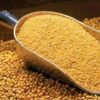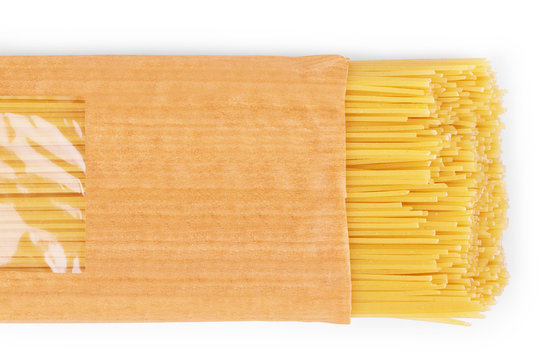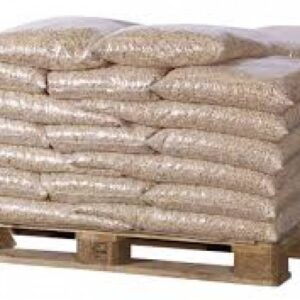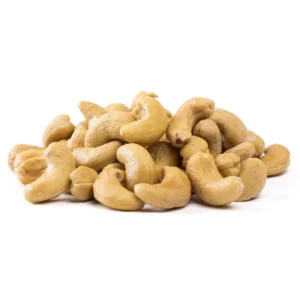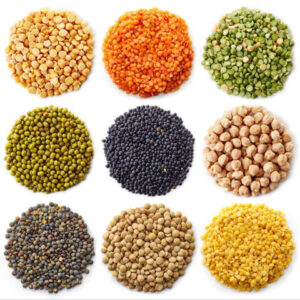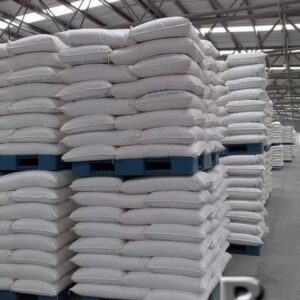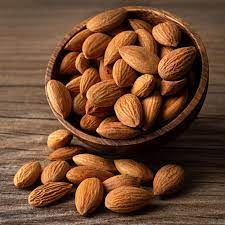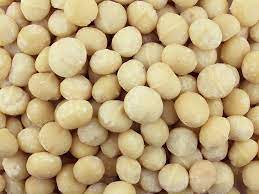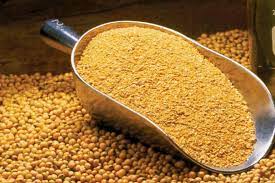Spaghetti (Italian: [spaˈɡetti]) is a long, thin, solid, cylindrical pasta. It is a staple food of traditional Italian cuisine. Like other pasta, spaghetti is made of milled wheat, water, and sometimes enriched with vitamins and minerals. Italian_spaghetti is typically made from durum-wheat semolina. Usually the pasta is white because refined flour is used, but whole wheat flour may be added. Spaghettoni is a thicker form of spaghetti, while spaghettini is a thinner form. Capellini is a very thin spaghetti, sometimes known colloquially as “angel hair pasta”.
Originally, spaghetti was notably long, but shorter lengths gained in popularity during the latter half of the 20th century and now it is most commonly available in 25–30 cm (10–12 in) lengths. A variety of pasta dishes are based on it and it is frequently served with tomato sauce, meat or vegetables.
Spaghetti can be made by hand by manually rolling a ball of dough on a surface to make a long sausage shape. The ends of the sausage are pulled apart to make a long thin sausage. The ends are brought together and the loop pulled to make two long sausages. The process is repeated until the pasta is sufficiently thin. The pasta knobs at each end are cut off leaving many strands which may be hung up to dry.
Dried spaghetti
The bulk of dried spaghetti is produced in factories using auger extruders. While essentially simple, the process requires attention to detail to ensure that the mixing and kneading of the ingredients produces a homogeneous mix, without air bubbles. The forming dies have to be water cooled to prevent spoiling of the pasta by overheating. Drying of the newly formed spaghetti has to be carefully controlled to prevent strands sticking together, and to leave it with sufficient moisture so that it is not too brittle. Packaging for protection and display has developed from paper wrapping to plastic bags and boxes.


